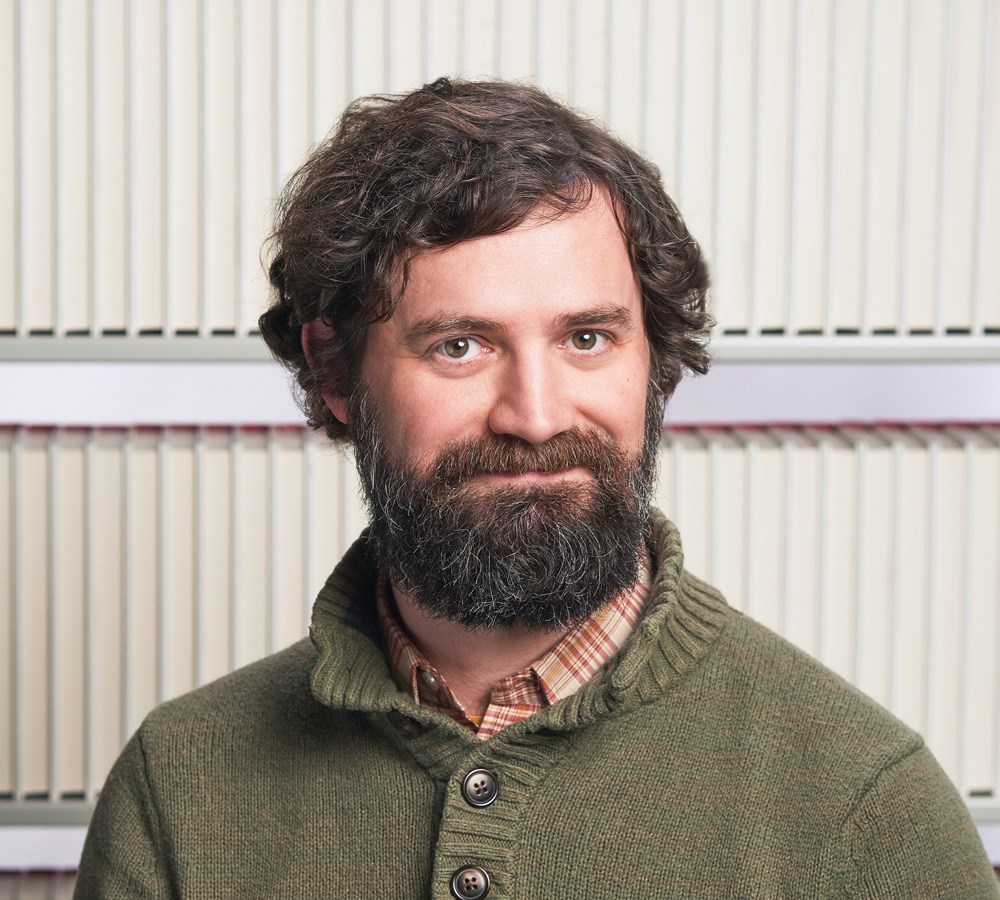The Pivot: Addressing Global Problems Through Local Action
October 27, 2021
Steve Hamm joined a project that aimed to bring cutting-edge technologies and concepts to bear on the problem of climate change, and discovered the most powerful tool was that of human connection.
 The Pivot: Addressing Global Problems Through Local Action by Steve Hamm, Columbia Business School Publishing
The Pivot: Addressing Global Problems Through Local Action by Steve Hamm, Columbia Business School Publishing
In 2020, Steve Hamm joined a nascent group of individuals that would come to be known as Pivot Projects. Led by Colin Harrison, Peter Head, and Rick Robinson—all engineers and committed environmentalists—it originally went by the name Post-COVID-19 Research Study, and aimed “to understand how COVID-19 was affecting society and to learn lessons from the crisis that would help humanity become more resilient to future pandemics while also putting it on a path to achieve sustainability goals.” It started out centered on how technologies and concepts the core leadership group of engineers had worked with could be brought to bear on the problem of climate change, but their work was joined by a dedicated, diverse, and multidisciplinary set of volunteers that pushed the project in some unexpected and exhilarating directions, including workstreams on spiritual life and beliefs, arts and culture, and education. It is all still a work in progress, but the book Hamm has produced of the experience is informative and unique. As he explains it:
Unlike the typical business book, this one doesn’t lay out a series of bullet-point prescriptions about how to make an organization, an industry, or the world work better. Neither does the Pivot Projects. Both the book and the group are about learning, engaging, and working with others to get something done. In stable times, it’s easier to make plans and then execute them. In times of chaos and uncertainty, solutions to problems have to emerge from engagement and experimentation.
You are certain to learn something new about the big ideas the group's leaders began the project thinking about—sustainable building practices and city planning, systems thinking, complexity theory, artificial intelligence, resilience—and the way the group works remotely and collaborates virtually, but the project’s purpose is so existential in nature that the overall examination it offers of our society goes much deeper. A primary mission of the group was “to help society move from a focus on monetary value to a focus on human values.” That doesn’t mean that monetary value no longer exists, it simply means that value exists outside of what can be bought and sold, and that there is more we need to protect than a profit margin or a bottom line. But the most powerful part of the book is not in its explanation of this or that technology or concept, but in the exploration of the human connections that have been made on the project, the profiles of individual people and a collected community committed not only to a cause, but to each other. It serves as a great example of what the world can look like if we ever learn to work together, across boundaries and differences and at a distance, to make the world better for all of us living today and for the future.



